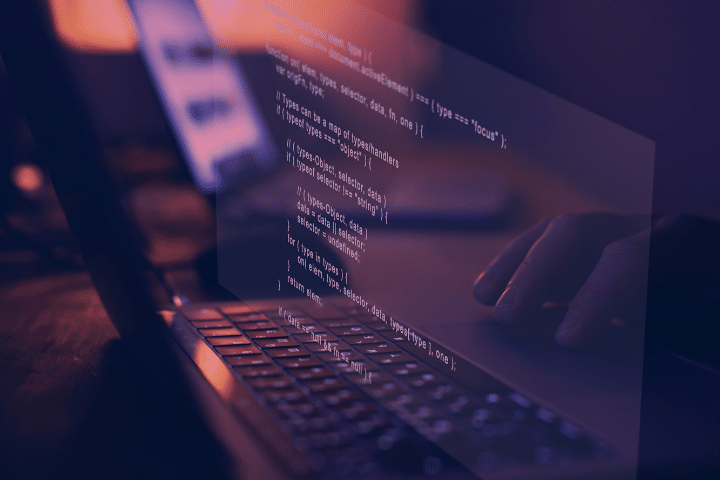The emergence of new technologies has been accelerating. New devices and tools come with features that quickly outpace others.
Keeping up with these innovations is not just about staying current; it’s about leveraging the benefits to optimize tasks, especially for companies operating in an extremely competitive market.
However, modernizing processes, systems, and tools is not a simple task. This is because digital transformation can be a challenge for many companies that have been using software for years, even if it meets business demands, albeit outdated. This type of older software is referred to as legacy software.
Nevertheless, even if these software solutions can provide essential services for the company, over time, they can become a problem. Therefore, a decision must be made: upgrade or switch to new software? Understand the best option by following this content:
- Challenges in maintaining legacy software
- Upgrade or switch?
- How to start the digital transformation of your company
Challenges in Maintaining Legacy Software
One of the main issues with legacy software is that, over time, developers cease to create updates. These updates are crucial to prevent bugs and flaws in previous versions.
Another problem is the lack of mobility. With new work models, flexible hours, and the need for remote work, employees may require access to company reports outside the office, which is not possible with legacy software.
Furthermore, modern companies aim for growth and need systems that can accommodate their evolving needs. Therefore, having a scalable system is essential.
Moreover, legacy software was not designed to meet this demand. Similarly, it is incompatible with new technologies and more vulnerable to cybersecurity threats.
Upgrade or Change Your Legacy Software?
Having issues with the use of legacy software doesn’t necessarily mean it must be replaced.
After all, it may still meet the demands and have possibilities for continued use. However, it’s crucial to consider the dynamics of the company and the market it operates in.
Nevertheless, it’s important to bear in mind that the ideal scenario is a change. This is because an outdated system generates more costs for the business.
It’s worth noting that updates are not always feasible. Several factors complicate this task, such as a lack of professionals who understand the tool.
Not only does the shortage of developers pose a challenge, but also the absence of the software’s source code. And when it is found, the programming language may be outdated, making any repairs difficult.
On the other hand, a complete switch to a new system requires caution to avoid losing information and entails the need to adapt the new technology for the entire team. This implies a structural change not only in IT but throughout the entire company.
How to Start the Digital Transformation of Your Company
Before making any decisions, it’s important to assess the costs and understand the risks of maintaining a legacy system compared to implementing new software.
In the current context, adopting digital transformation in the company is essential. Indeed, renewing systems allows for greater competitiveness, process optimization, lower costs, and increased productivity.
However, for all of this to work, the team needs to be prepared for this process, understanding how the new tools add value and, most importantly, knowing how to use them.
We understand that this is a challenging task, and that’s why Ubistart is here with the best solutions to assist you. Explore our proposals and let us help you navigate this transformation!




